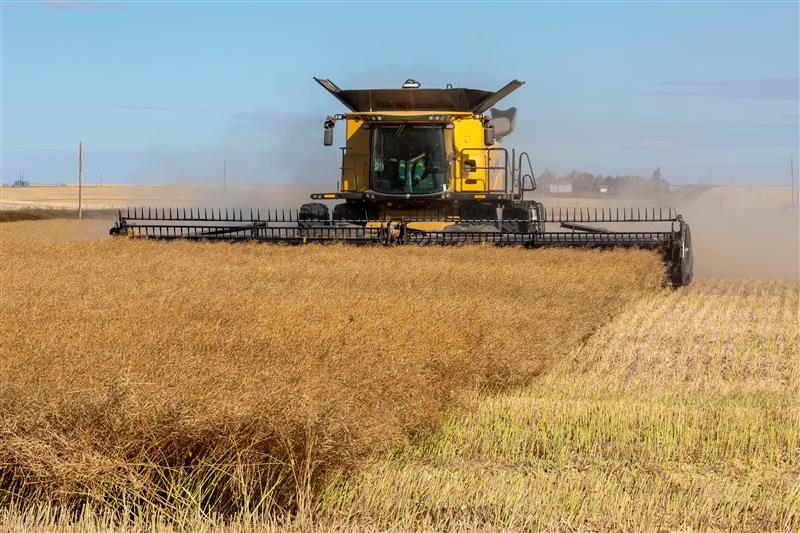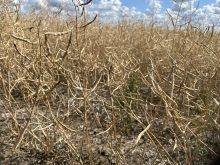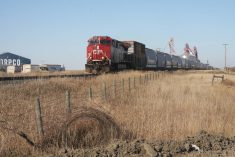NOW THAT provincial and federal agriculture ministers have had a chance to meet and set out their respective agendas, substantial work on reformatting the Canadian Agricultural Income Stabilization program must not be far behind.
The March 20 meeting in British Columbia was the first chance for new federal agriculture minister Chuck Strahl to exchange views face to face with his provincial counterparts. There was plenty to discuss, but the chief item facing the ministers is developing a new agricultural support program to repair or replace CAIS.
It was a key Conservative promise during the last federal election campaign. Strahl acknowledged then that he would like to see the program replaced, but repair might now be the quickest solution.
Read Also

Rural emergency room closures continue to be vexing problem
Staffing issues are at the root of disruptions and closures in hospital emergency departments, both in rural and urban Canadian locations.
The current version of CAIS runs until 2008, which leaves two years to develop and implement a new plan. Given the difficulties of getting provincial-federal consensus in previous safety net negotiations, two years is not a lot of time.
The present program can also be discontinued sooner if the government chooses to do so.
There is an opportunity now for the Conservatives to lay out their vision for agriculture for the next five to 10 years, possibly longer.
While clear direction from Ottawa is important if farmers are to have an effective, redesigned CAIS, suggestions from people best placed to know the program’s inadequacies must be heeded.
A major complaint about the existing program is that suggestions from farmers and agricultural groups weren’t incorporated in the final design. And there is still no shortage of suggestions.
The Canadian Federation of Agriculture has outlined an agricultural policy that includes risk management and strategic investment in agriculture.
Then there’s the report by former parliamentary secretary Wayne Easter, which included as a main thrust the need to increase farmers’ market power. Adequate safety nets have a role in that too.
The improved plan must focus on farmers and move away from past government concentration on agribusiness.
It is a tall order. In the meantime, Strahl and the provincial ministers must agree on an interim program that includes an emergency aid component so farmers are not left to hang on by their fingernails for two more years.
University of Saskatchewan agricultural economics professor Hartley Furtan recently challenged the government and public to come to terms with how we treat our farmers.
Do we want to adequately support them for the benefits they bring to society in terms of food production, land stewardship, rural development and environmental health, among other things?
If so, the government needs to establish an articulate policy.
This country cannot continue to lose farmers through steady attrition caused by badly designed support programs, even as it purports to support them.















